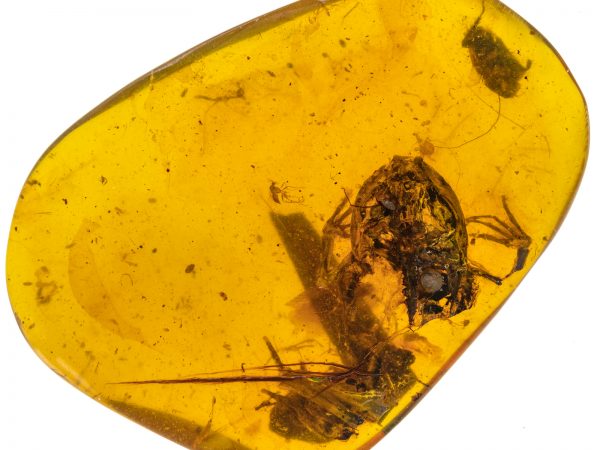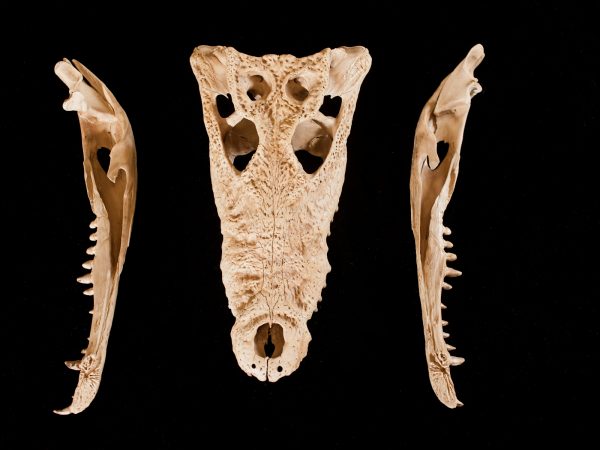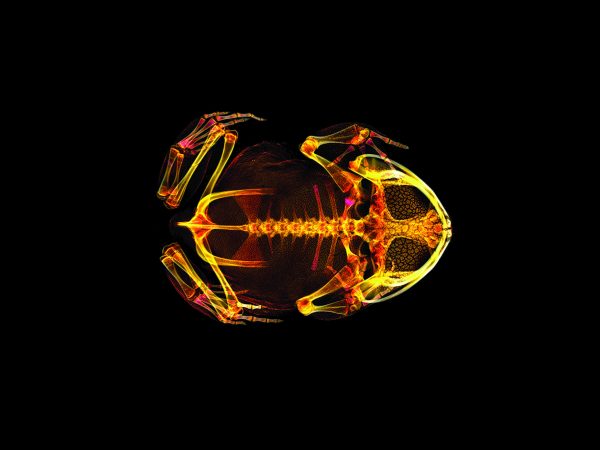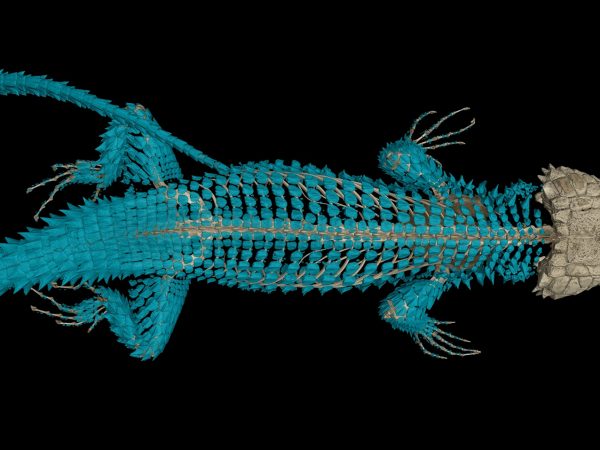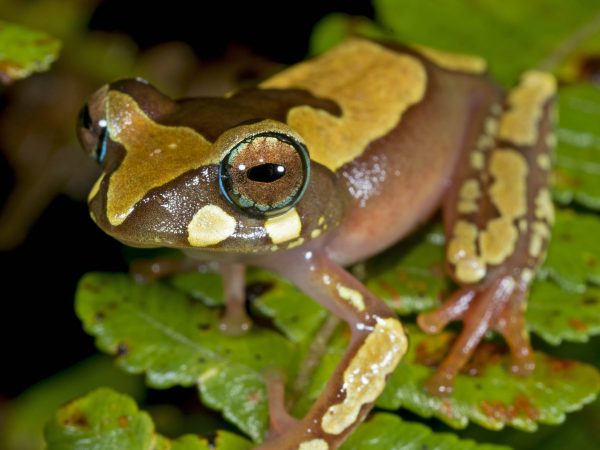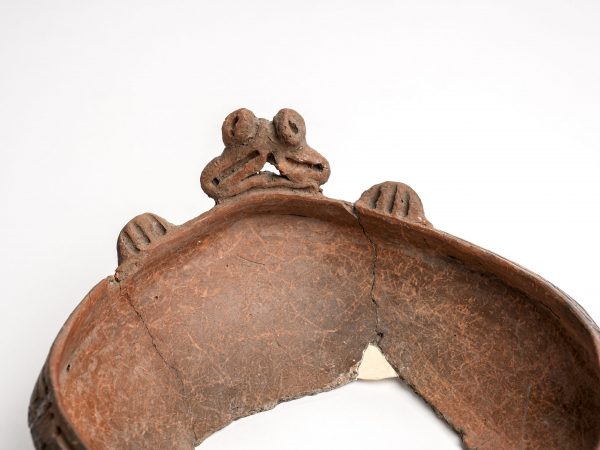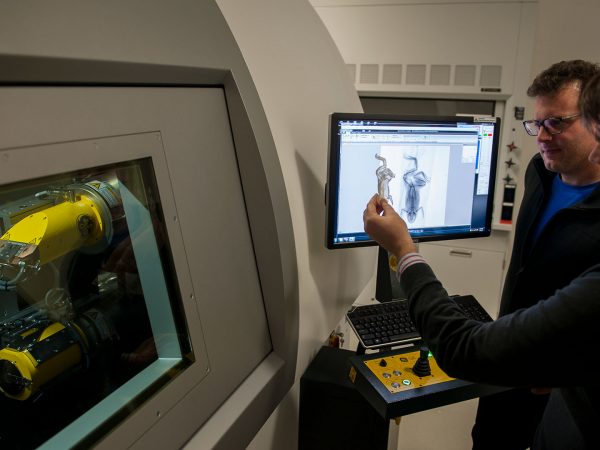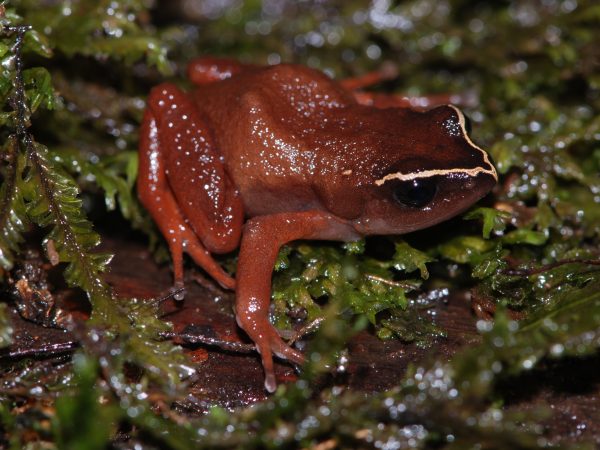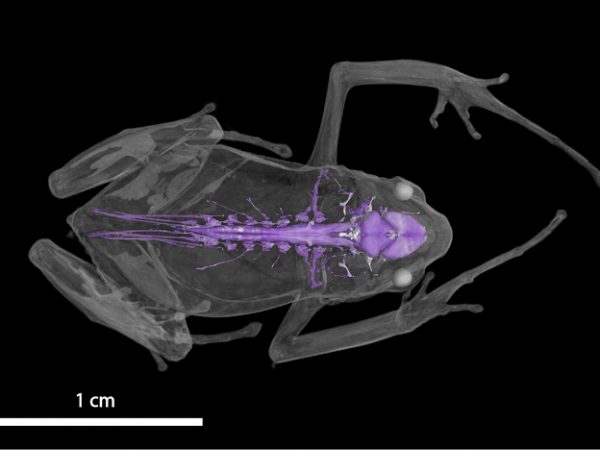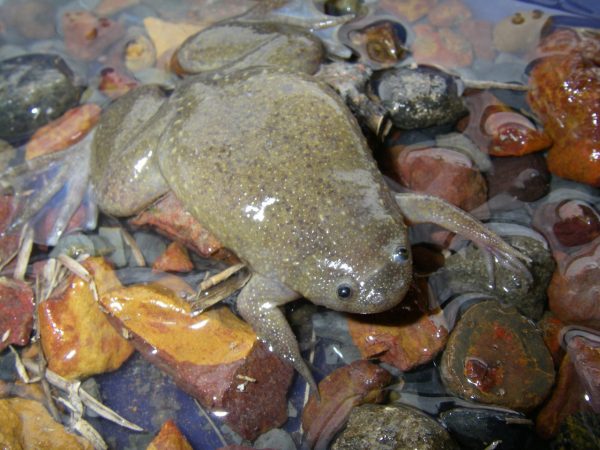Amber fossils provide oldest evidence of frogs in wet, tropical forests
About 99 million years ago, a tiny juvenile frog in present-day Myanmar was suddenly trapped in sap with a beetle,…
Read More
NSF grant will improve digital access to museum vertebrate fossils
The Florida Museum of Natural History recently received a $500,000 collections grant from the National Science Foundation to improve online…
Read More
New project allows web users to explore 3-D vertebrate specimens from inside out
A $2.5 million National Science Foundation grant will launch a new initiative to “teleport” specimens from museum shelves to the…
Read More
Extinction event that wiped out dinosaurs cleared way for frogs
The mass extinction that obliterated three-fourths of life on Earth, including non-avian dinosaurs, set the stage for the swift rise…
Read More
Behold, the ancient ones
Frogs date back more than 150 million years in the fossil record, and for centuries, the amphibians have been idolized…
Read More
Amphibian diversity
David Blackburn, an associate curator of herpetology at the Florida Museum of Natural History, discusses the joys of working with…
Read More
Deadly fungus threatens African frogs
Misty mountains, glistening forests and blue-green lakes make Cameroon, the wettest part of Africa, a tropical wonderland for amphibians. The…
Read More
What lies within
Encased in hard rock, the bones of many fossilized mammals are only partially visible for scientists to study. A poor…
Read More
Six new African clawed-frog species discovered
Before modern-day pregnancy tests, doctors in the early 20th century resorted to unusual methods. One was to expose a live…
Read More
